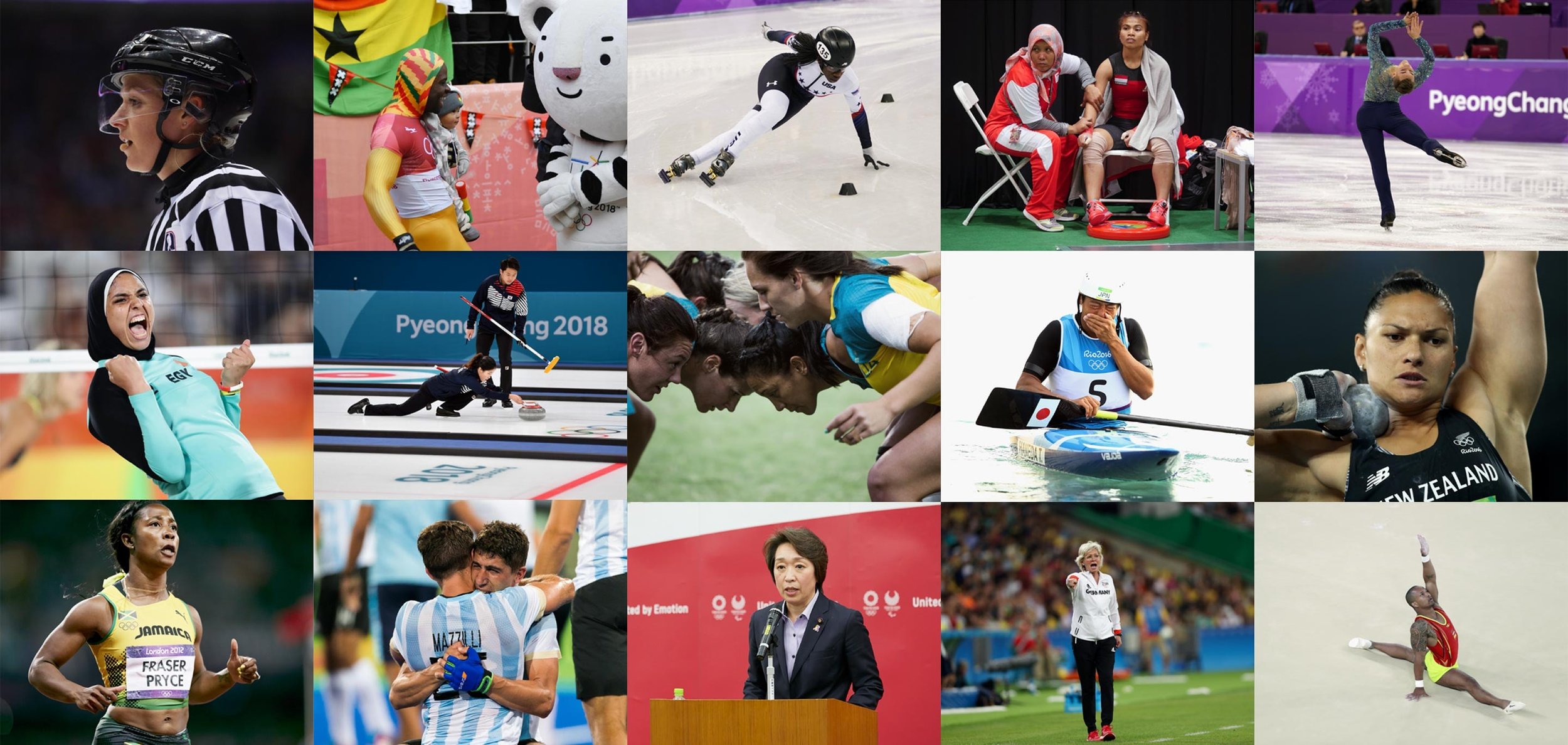Do competitive environments and subjective impressions influence the performance of men and women?
There is an increasing number of research papers that have investigated the reasons for different results in terms of education and career depending on gender, in connection with the psychological and satisfaction differences between men and women. Young researcher Boldmaa and her team carried out another interesting research that contributed to the field of behavioral economics.
They measured whether a competitive environment and subjective impressions of motivation caused differences in the performance of men and women in a randomized controlled trial using a video game. The results of the experiment confirmed that a competitive environment increases persistence in both genders, but improves performance for only men. Although a competitive environment does not have a positive effect on women's performance, providing encouraging and supportive feedback in addition to a competitive environment has a positive effect on their performance.
Test
The experimental research was carried out using an electronic game with a very simple task. The rule of the game is to select the same icon from the top left corner among the many icons that appear on the screen, and you will get points, and a single game lasts for two minutes. Time and score are displayed on the top of the screen.
The researchers measured the effects of competition (intervention 1-leaderboard) and subjective impression (interventions 2-4) on participants' performance (points earned during the game) and persistence (total number of games played).
To introduce competitive intervention into the game, the 10 highest-scoring players' nicknames are displayed at the top of the screen at the beginning and end of the game. Further, only half of the players will be presented with the list, and it won't be visible for the rest of the half. Thus, the high-scoring players were randomly assigned to each of the four subjective intervention test groups, each of which was randomized into groups that were able and not able to see the highest-scoring players list.
For instance, in the first group no message is displayed, in the second group there is a message consisting of supportive feedback “Just try it”, or "You can do it", in the third group there is rewarding feedback “Good!”, or "Great!", and in the fourth group there is negative feedback such as trash talk "Are you even trying?", or "Still sleepy?" etc. message is shown on the screen when the image changes. During the experiment, players were randomly divided into 8 groups based on competition and three types of subjective impression-testing interventions.
Quantitative data
Participants were recruited for the experiment by promoting the game site on social media. The test included people who played the game between April 2019 and February 2020. Participants were able to play the game after entering their age, gender, country of residence, the frequency of how often they play video games, whether they have played the game before, and a nickname. Information about the study was also presented on the game site. Players were randomly assigned to the 8 groups described above.
People from Central and Eastern Europe aged 18-45 participated in the game. A total of 5,191 participants played the game a total of 9,557 times. Of the participants, 70% were female, 55% were 17-24 years old, 46% had a high school or university education, 55% played video games occasionally, and 46% lived in Hungary. On average, people who participated in the game test played about 2 times.
The result
Comparing the mean scores of the controlled group by gender, a controlled group is a group that received neither competitive environment nor subjective feedback, women scored significantly higher. This may be because man does not try as hard in an environment where there is no competition, or due to the fact that the game used in the study was so simple that men who play video games regularly did not bother to play the game. However, this changed after a competitive intervention, where the names of the 10 highest-scoring players were shown at the beginning and end of the game.
There was no gender difference in the competition intervention group in persistence or the frequency of playing the game, but for performance and scores, men’s highest scores increased significantly compared to the non-competition period, while women’s scores remained almost unchanged.
However, for the group that was tested on both competition and subjective impressions, the scores of women and men increased significantly. Women's competition-induced declines in performance were reversed during competition and supportive feedback. There was no significant performance difference between receiving supportive and encouraging feedback. On the other hand, the positive effect of the competition decreased with negative feedback.
Those gender differences in behavior may also apply to work and study, hence researchers believe that subjective impressions such as encouragement and support are important in school and work
environments. Therefore, it is believed that teachers giving encouragement and support to their students and managers to their employees not only increases performance but also compensates for the psychological drawback that women experience in a competitive environment and reduces the gender gap in performance.
This experimental research work was conducted by researcher Boldmaa and her team and is going to be published in February 2023 in the issue of the Journal of Behavioral and Experimental Economics. The research paper will be discussed at the NCRC research seminar on December 21, 2022. To participate in the seminar, click here for more information.


